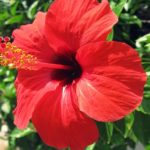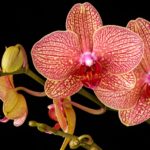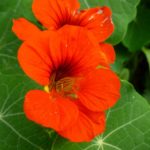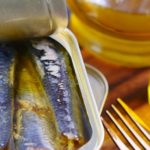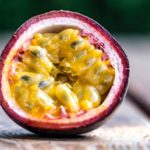Purple Coneflower Scientific Name and Health Benefits
The scientific name of Purple Coneflower is Echinacea purpurea. This flower is also called coneflower or American coneflower. It is a nice flower with several health benefits.
Echinacea was brought from North America, where the Red Skins American Indians had used it more than other plants in combating the common diseases, considering Echinacea a cure-all (as Ginseng for the Oriental old medicine). European specialists took over the American homeopathic discovery and now Echinacea is the most used immunity stimulant from all over the world.
Generally, the scientific name of Coneflower is Echinacea, but as most of these flowers are purple it was called Echinacea purpurea.
Health Benefits of Echinacea
Echinacea is a medicinal and very useful plant and also one of the few medicinal plants approved by ESCOP (The European Commission of studying medicinal plants), who confirmed the therapeutic properties of Echinacea.
With external and also internal uses, the Echinacea plant has good benefits and helps a lot in preventing infections and several forms of germs. Echinacea healing effects have been both proved and confirmed by specialists through different studies and laboratory tests. Echinacea plant capacities are of immunizing the human body against external agents of decay, having antiviral anti-bacterium effects.

We think that we are saying everything by pointing out that the homeopathic doctor’s advice is to follow a preventive Echinacea treatment (with Echinacea pills or Echinacea tincture or Echinacea powder plant) instead of taking any other antibiotic pills. Why’s that?! Because the vaccines and other pills are responsible for healing a specific disease, but Echinacea is a “œnon-specific” activity remedy, increasing, in general, the human body capacity to fight against the infections, all kinds of it, and, in particular, the human immune cells effectiveness in removing bacteria, viruses and those abnormal cells, including the killer cancer cells. There were studies recommending Echinacea purpurea treatment in HIV infection, for increasing the immune system.
With Echinacea external treatment, the inflammatory skin and any kinds of skin infections (acne, herpes, candida, psoriasis, eczema) are beaten off.
Here are, in short, the primary uses of Echinacea:
- Colds, coughs, flu, and other respiratory infections
- Enlarged lymph glands, sore throat
- Urinary tract infections and inflammatory diseases
- Skin regeneration and skin infections (acne, psoriasis, eczema, etc.)
- Herpes and candida infections
Echinacea treatment methods
Echinacea treatment is consisting of preparing the plant and roots in many ways: as a tincture, extract, juice, plant powder, tea, etc.
Short-term, the most simple and easy administration method is Echinacea tincture, purchased from a pharmacy or traditional homeopathic drugstore. In increasing the immune system treatment, it takes one spoon thrice a day, before the table.
Long-term, more efficient than Echinacea tincture is Echinacea powder, obtained by grinding the dried plant. Take one little spoon of Echinacea powder thrice a day. The administration method consists of keeping the power plant under the tongue for 10-15 minutes then swallowing it with water.
